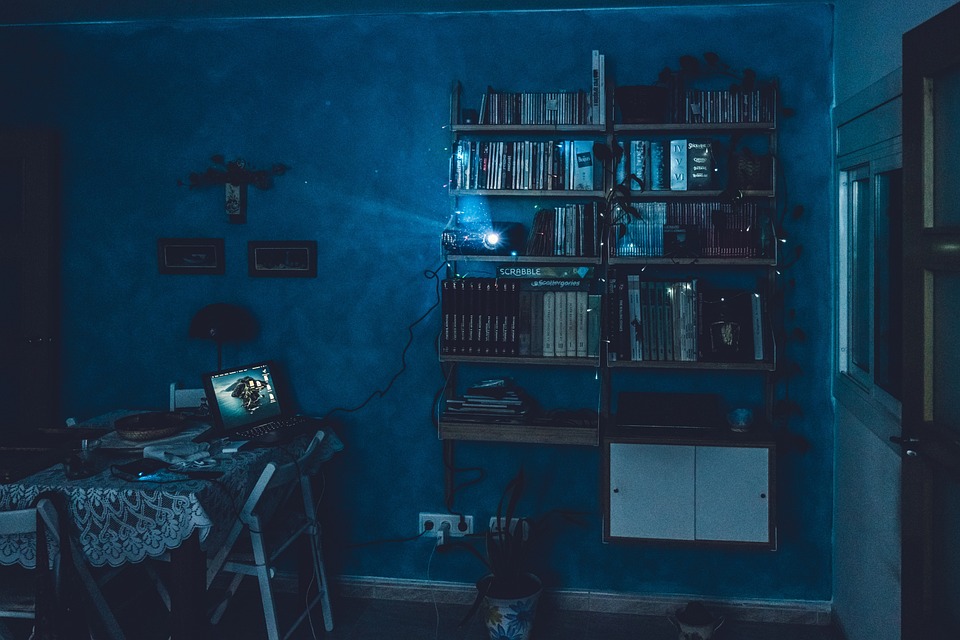
Introduction
Korean horror films have gained international acclaim in recent years for their unique storytelling, terrifying visuals, and innovative approach to the horror genre. From the early days of Whispering Corridors to the blockbuster success of Train to Busan, Korean filmmakers have consistently pushed the boundaries of what horror cinema can achieve. In this article, we will explore the evolution of Korean horror films, tracing their development from the early 2000s to the present day.
Whispering Corridors: A New Wave of Korean Horror
Whispering Corridors, released in 1998, is widely considered to be the film that kickstarted the modern wave of Korean horror cinema. Directed by Park Ki-hyung, the film follows a series of mysterious deaths at an all-girls high school, with supernatural elements and themes of repressed trauma and adolescent angst at its core. Whispering Corridors set the stage for the type of horror that would come to define Korean cinema in the years to come – psychological, atmospheric, and rooted in social commentary.
The Rise of J-Horror and Korean Cinema’s Response
In the early 2000s, Japanese horror films, known as J-Horror, captured the international imagination with hits like The Ring and The Grudge. Korean filmmakers took note of this trend and began to incorporate elements of J-Horror into their own work. Films like A Tale of Two Sisters (2003) and Phone (2002) drew on the supernatural and psychological horror that had become synonymous with Japanese cinema, but added a uniquely Korean twist.
A New Aesthetic: The Visual Style of Korean Horror
One of the defining characteristics of Korean horror films is their striking visual style. Directors like Bong Joon-ho, Park Chan-wook, and Kim Jee-woon have brought a sense of artistry and sophistication to the genre, with meticulously composed shots, bold color palettes, and a keen eye for detail. This visual innovation has helped Korean horror films stand out in a crowded marketplace and has earned them a reputation for being some of the most visually stunning horror films in the world.
The Global Success of Train to Busan
In 2016, Korean horror cinema reached new heights with the release of Train to Busan, directed by Yeon Sang-ho. The film tells the story of a group of passengers on a train during a zombie apocalypse, blending horror, action, and social commentary in a way that captivated audiences around the world. Train to Busan became a massive box office success and introduced Korean horror films to a whole new audience, cementing the genre’s status as a global powerhouse.
The Future of Korean Horror
As Korean horror films continue to gain recognition and acclaim, audiences can expect to see even more innovation and experimentation in the genre. Filmmakers like Lee Soo-youn, Kim Jee-woon, and Yoon Sung-hyun are pushing the boundaries of what horror cinema can achieve, exploring new themes, styles, and storytelling techniques. With the success of recent hits like The Wailing (2016) and The Mimic (2017), it’s clear that Korean horror films are here to stay and will continue to captivate audiences around the world for years to come.
Conclusion
From the groundbreaking Whispering Corridors to the global success of Train to Busan, Korean horror films have come a long way in a relatively short amount of time. With their unique blend of psychological horror, social commentary, and stunning visual style, Korean filmmakers have carved out a niche for themselves in the world of horror cinema. As the genre continues to evolve and grow, audiences can look forward to even more thrilling and innovative films from this exciting cinematic powerhouse.